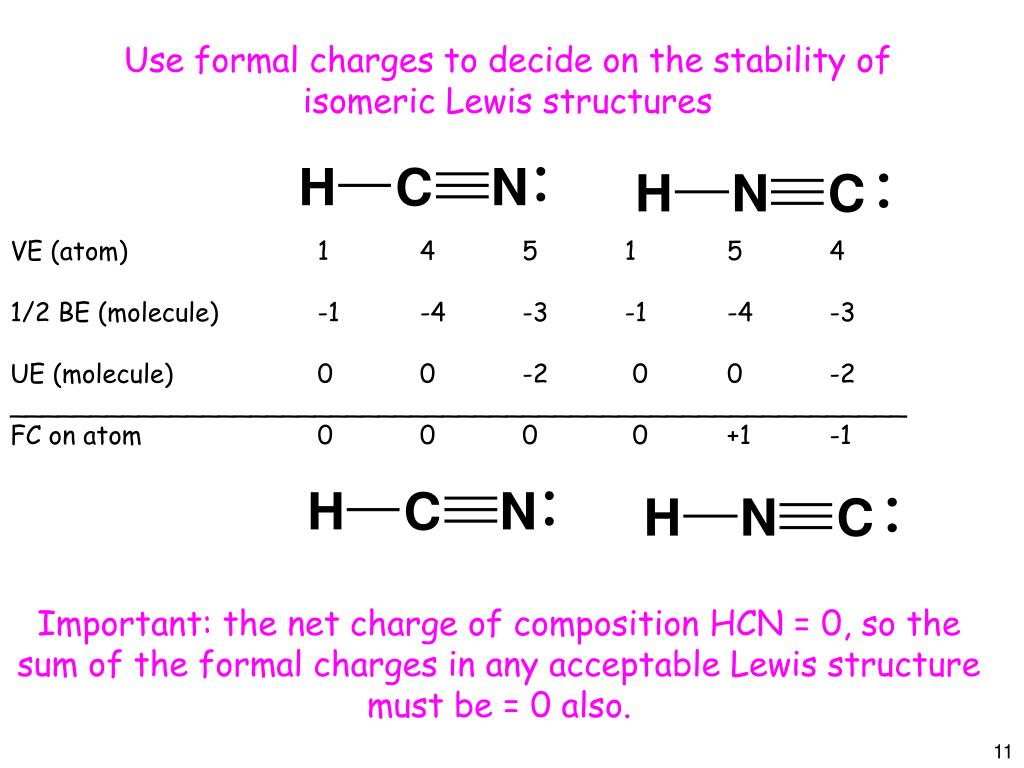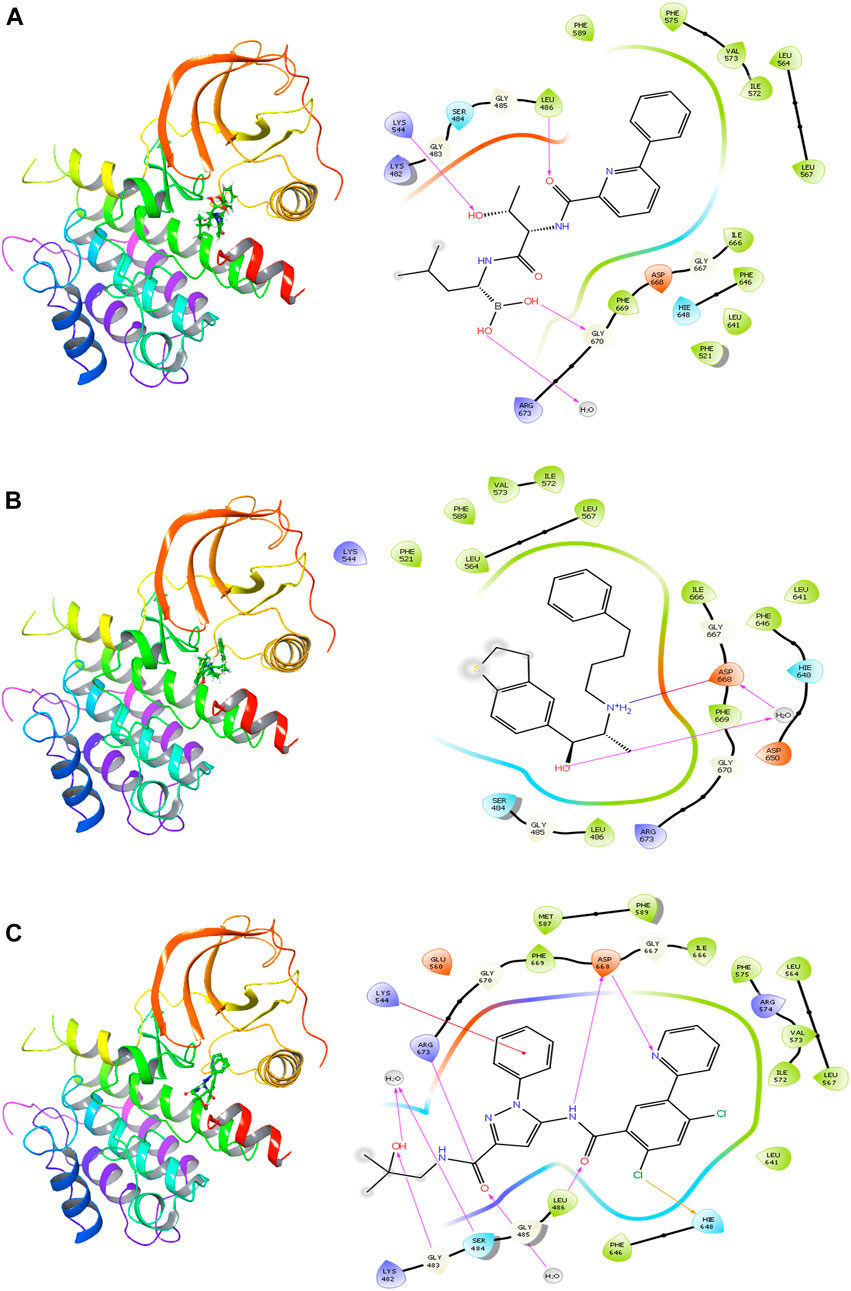


Sp3 s Solution Begin by identifying the valence electron configurations of each nitrogen and hydrogen atom. The fifth Br−F dipole moment is not canceled because it is opposite the nonbonding lone pair of electrons. Each Br−F bond is polar because the electronegativity of fluorine of the Br−F bonds that form the square plane will cancel each other out because they are equivalent in magnitude, but opposite in direction. Finally, the polarity of BrF5 depends on the molecular geometry and dipole moments of each Br−F bond. Thus, square planar molecules have bond angles of approximately 90 degrees. Connecting any two bonding groups through the cental atom forms a right triangle. In square pyramidal geometry, four bonding electron groups form the square plane around the central atom, whereas the fifth bonding group lies above the plane to form the top of the pyramid. Of the six electron groups, five are bonding and one is a nonbonding lone pair of electrons which produces square pyramidal molecular geometry. Next, compare the electron groups surrounding the central atom to identify the molecular geometry of BrF5. The bromine atom has one non-bonding lone pair of electrons.

Each fluorine atom has three non-bonding lone pairs of electrons. PICTURED: Five fluorine atoms are single bonded to one central bromine atom. Thus, a BrF5 molecule has a total of 42 valence electrons, 7+7(5)=42, as shown in the Lewis structure of BrF5. Fluorine and bromine atoms each have seven valence electrons. Solution Begin by counting the number of valence electrons in BrF5. 42 electrons square pyramidal 90 degrees polar.


 0 kommentar(er)
0 kommentar(er)
